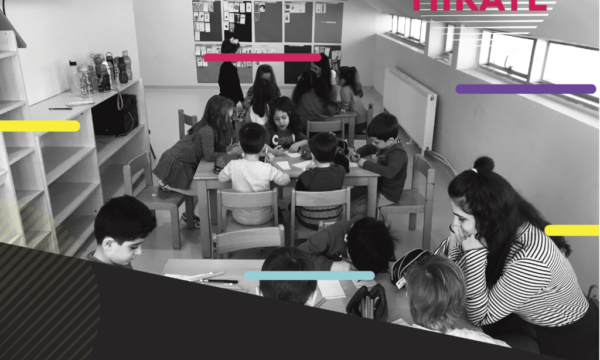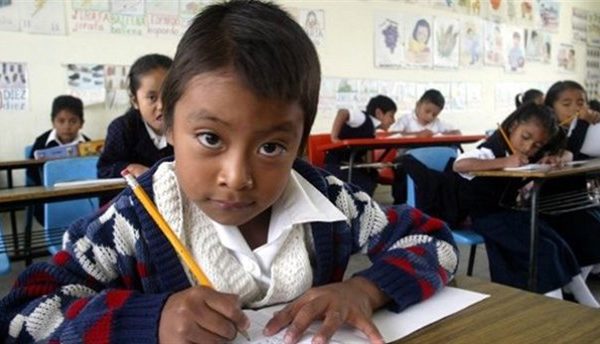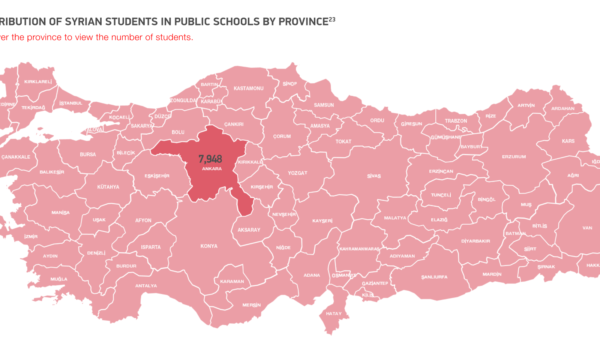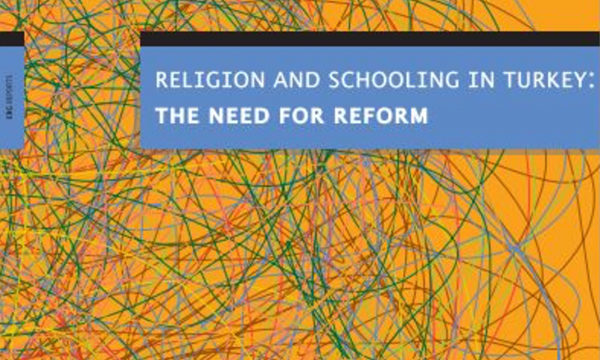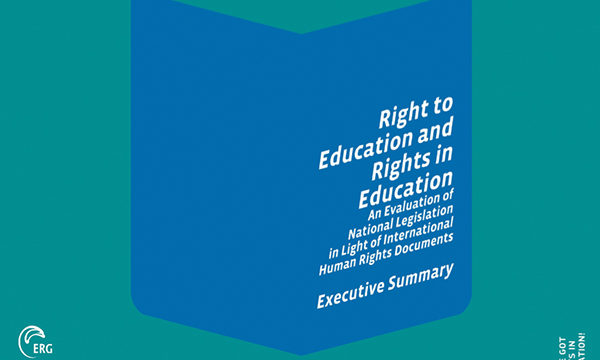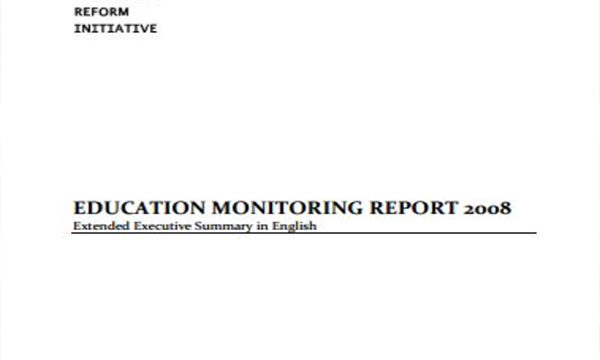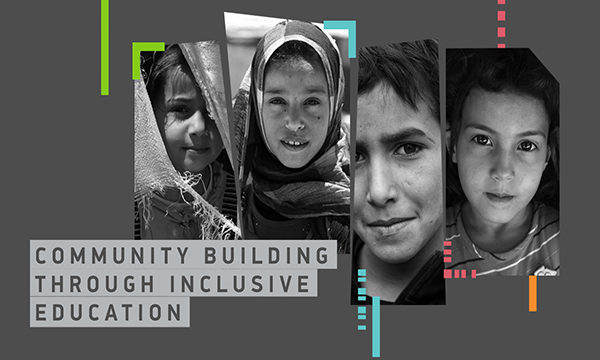Hurriyet Daily News, Sedat Ergin
One of the most controversial aspects of the so-called 4+4+4 educational reform bill being debated in Parliament now is that it opens the door to vocational training after the second four-year tier.
This situation is being declared with a great deal of clarity in the justifications of the bill submitted by the ruling Justice and Development Party’s (AKP) deputy group chairmen. In the “general justification” part of the first version of the bill, the need for “tiered education” is explained as such:
“It is a must that the student’s interests and skills be determined at early ages so that the necessary direction and guidance can be done in order to maximize the benefits of vocational training.” (Page 9)
[HH] Question: Is it scientific?
As you can see, the fundamental philosophy of this bill is to start vocational directing at early ages. Well, is this philosophy compatible with scientific data and global conduct?
In the ninth article of the bill, it states: “Elective courses are set up in the second tier of primary (covering ages 10-11-12-13) schools, supporting middle education (high school) according to students’ skill, development and preferences.”
One of the most comprehensive analyses of the bill’s direct consequences on vocational training was done by Koç University’s Social Policy Center. In this evaluation, the main consequence is emphasized, “Moving the vocational training age to earlier years will result in unwanted consequences regarding students’ achievements in basic skills and also regarding gender equality.”
Negative effect on quality
In Koç University’s analysis, it is stated that Turkey has serious problems in the field of vocational training:
“There is no scientific data to prove that the solution to these problems will be facilitated by moving the age of vocational direction/selection to earlier years or starting vocational courses as electives in the second tier of primary education. On the contrary, existing international scientific data points out that moving the direction/selection age earlier will make the solution to the problems related to vocational schools difficult, more importantly, it will have a deepening effect on these problems.”
The report refers to the OECD’s studies on this field. “OECD studies show that in those systems where vocational directing is done earlier, school versatility increases and this consequently increases inequality in education, having a negative effect on the quality of education.” In this framework, the OECD suggests “refrain[ing] from early direction and put[ting] off selection until middle education (high school).”
Gender inequality to increase
There is another very important inconvenience that would be caused by the system, according to Koç University: “Moving the age of direction to vocational training classes earlier poses the risk of increasing the existing gender imbalance in the field of vocational training.”
One reason for this is the inability of students at primary and middle education to make choices independent of their families and social environment. According to the report, “Research at girls’ technical and vocational high schools show that families and teachers direct the students to branches suitable to the gender role of women in society and that the students do not make these choices themselves.”
The report brings an important criticism to girls’ technical and vocational high schools, stating: “These schools reproduce existing gender roles, thus enhancing gender inequality.”
Era of transferable skills
Likewise, the section of Ankara University’s Educational Sciences Department’s report on vocational training, prepared with regard to the bill in question, also draws attention to a series of inconveniences. According to that report, “Early vocational direction is obstructive to the integrated development of children intended by basic education.”
The report states: “The process of children cognizing their skills, interests, features and values and transforming them into life goals and expectations can only be possible at the end of the adolescence period. Data obtained from research done in the field of developmental psychology shows that the periods of adolescence and youth are gradually shifting toward later ages. Separately, business life demands transferable skills and overall competence now, rather than specialization in one field.”
This piece probably should have answered the question: “Is this compatible with scientific data?” that we asked at the beginning.
Sedat Ergin is a columnist for daily Hürriyet in which this piece was published on March 8. It was translated into English by the Daily News staff.

